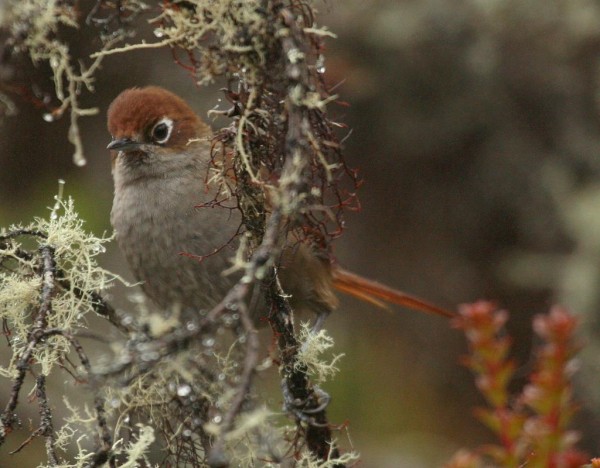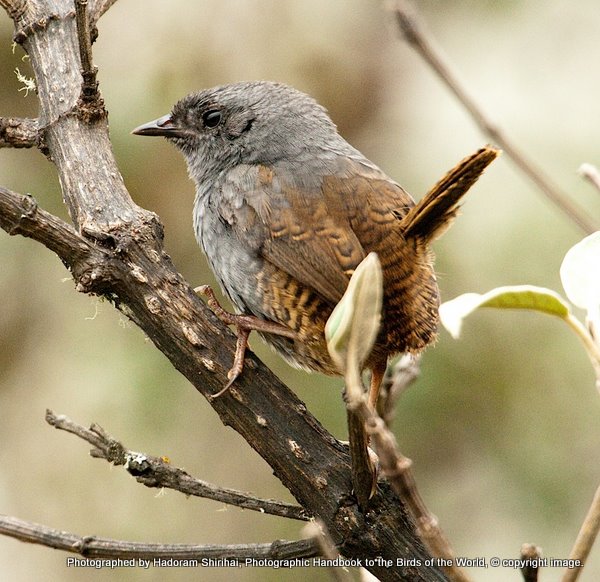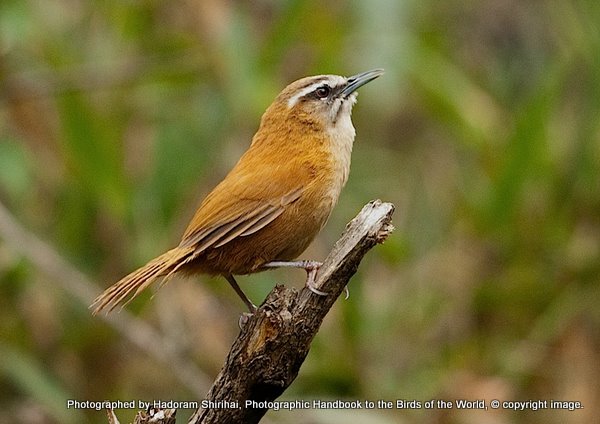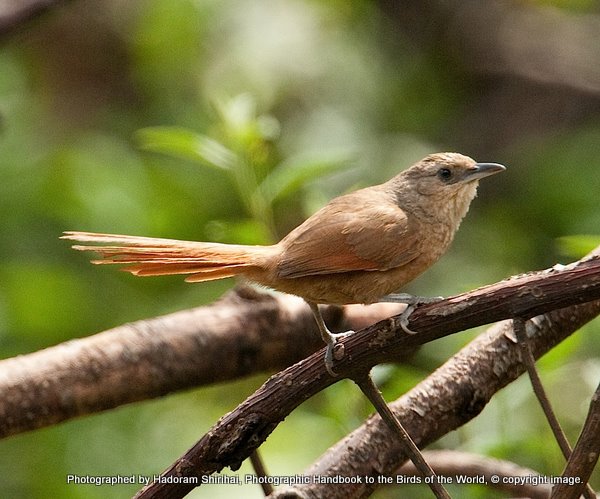Undescribed and new bird species on the Satipo road, Peru

10 years exploring Satipo road
As mentioned in my last blogpost about Eye-ringed Thistletail (photo above), I have been on a photographic expedition with Hadoram Shirihai and David Beadle in Central Peru. When I wrote this we had just come out from the Satipo road area, where I have long been involved in a community based conservation project, lately supported by RainForest Partnership. With the new basic lodging available, Satipo road should be on every birders map. Not before long there will also be a more comfortable lodge here.
Meanwhile let me ‘tease’ you with the excellent photos of Hadoram of these newly described or totally undescribed species. All photos are copyright of Hadoram Shirihai for A & C Black future publication “Jörnvall & Shirihai – Photographic Handbook to the Birds of the World”. Hadoram fully supports the conservation initiatives of the Apaya-Calabaza community and has kindly donated these photos for this purpose.
I did my first trip to Satipo road in 2000, specifically searching for Eye-ringed Thistletail around Comas. I didn’t find it. But I was keen to explore more in this area.
Black-spectacled Brush-Finch Atlapetes melanopsis
This beautiful Brush-Finch was described in 2000 by Thomas Valqui from the Mantaro drainage near Pariahuanca. Having looked at regional maps, I noticed there were sideroads from the Satipo road that cut over the desolate Andean highlands into the dry Andamarca Valley in the same drainage. I wanted to search for the Brush-Finch here, rather than having to detour to Pariahuanca. I didn’t find the Brush-Finch, this time, but it initiated my interest in the region. There was always something interesting to learn on each trip I made. Eventually I found the Brush-Finch in several places.
Millpo Tapaculo Scytalopus sp nov. Jalca Tapaculo Scytalopus frankeae

This Tapaculo has been known for over 25 years and was collected near Millpo in Pasco department. It is mentioned in Birds of the High Andeas by Fjeldså and Krabbe which published in 1991. I don’t know who first found it, but it may be that the discoverer has left the academic career and never will describe it, why it most likely comes down to the the leading Tapaculo experts of the world, Niels Krabbe and Tom Schulenberg, to eventually prepare a manuscript.
I found it, not surprisingly, further south from Millpo in the Satipo road area for the first time on the main road to Andamarca in October 2000. Jalca Tapaculo belongs to the complex that used to be called Andean Tapaculo, which was later split by Schulenberg and Krabbe into a number of species along the Andes from Venezuela to Patagonia. This form was not named, and consequently not included in the split.
Update: Described in Krabbe, N K, Schulenberg, T S, & 13 others. 2020. Untangling cryptic diversity in the High Andes: Revision of the Scytalopus [magellanicus] complex (Rhinocryptidae) in Peru reveals three new species. The Auk: Ornithological Advances 137:1-26, https://doi.org/10.1093/auk/ukaa003
Jalca Tapaculo is quite easily found near the village of Toldopampa at 4000m in the upper part of Pampa Hermosa valley. Around here we also saw Andean Ibis and many other birds of the highland, such as Andean Gull, Andean Lapwing and Andean Goose.
Undescribed Wren Thryothorus euophrys (s)sp. nov?
In February 2001 I instead tried another side road and did indeed find the Black-spectacled Brush-Finch after a long slog descending 700m from Punto. At the bottom – at Otuto – I heard the unmistakable duet of a Thryothorus wren. This was very similar to the endemic Inca Wren from Machu Picchu and surroundings. “What is that doing here?” I asked myself.
Some playback and up pops a completely unmarked Thryothorus wren, much similar to the Plain-tailed Wren from Northern Peru and Ecuador. An excellent discovery!
Undescribed Thornbird Phacelodomus sp nov.
The Mantaro drainage revealed more undescribed species. Paul Coopmans told me of a Thornbird that Dan Lane and others from LSU had found near Pariahuanca in the Mantaro drainage. In 2005 I revisited the Andamarca valley with the idea to find an alternative site for the Wren and the Brush-Finch accessible by road. I found both and the new Thornbird as well. (Satipo road trip report here.)
Hadoram’s photograph may be the first ever publically available of a bird in the the wild.
Marcapata Spinetail Craneoleuca marcapatae (weskei race).
While in the Andamarca area, I see a road on the opposite side of the river and I was later told that this same road goes to Apaya-Calabaza where we were usually staying in the village school. In 2006 I went on a trip with Mark Tasker searching for Polylepis forests in the higher parts in the Otuto valley. We saw plenty of Brush-Finches all the way up to Polylepis forests at 4000m, showing that the species was more plastic in habitat requirement than thought. In the later part of the trip we decided to try the new road to Apaya via Pucacocha. As we dropped down to Apaya only a couple of kilometres away, we were surprised to find a Cranioleuca Spinetail similar to Light-crowned Spinetail known from Bolivia and the extreme south of Peru. Later Dan Lane pointed out that our birds were practically identical to weskei race of Marcapata Spinetail in Cusco. However, as the song of the Apaya form is now published on Birds of Peru mp3 collection by Peter Boesman, it is clear that the songs of these forms are quite different why the weskei race should probably at least warrant recognition as an allo-species, separated from the rufous-crowned marcapatae form.
Summary
I am sure there will be more discoveries to come. Take the opportunity to visit the Satipo road area. You shall not regret it and it will give important support to the community in their conservation and eco-lodge initiatives. Contact me for more details.





Spectacular news about super-rare birds! Now I’m eager to come back to Peru for more great birding.
Kenn, Some people call Satipo road “the poor man’s Manu Road” – almost the same birds with tanager flocks, quetzals, torrent duck, umbrellabird, cock of the rock and loads of hummingbirds, plus some additional endemics and much cheaper!! An advantage is the closeness to the new birds in the Andamarca valley.
Poor man’s Manu Road? Pah! Gunnar, Satipo is where we’ll be heading next time we’re in Peru.